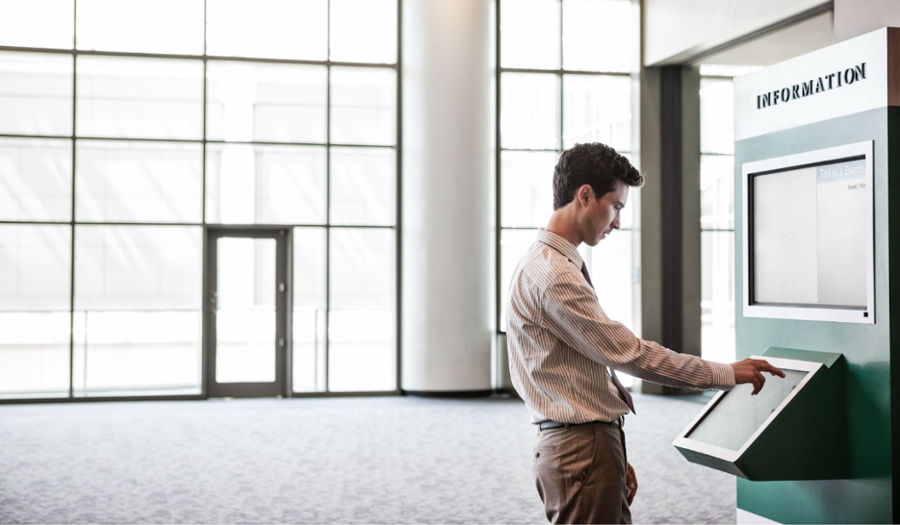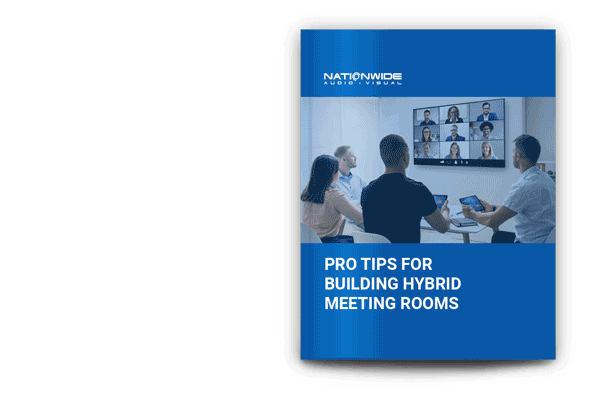IS YOUR DIGITAL SIGNAGE EFFECTIVE?
Digital signage seems to be everywhere and often blends into the background of our daily lives unless the content happens to catch our eye. That is, unless you’re in charge of content for the digital signage at your job. Then it can seem like—well, a job.
Digital signage can be outdoor or indoor and can be freestanding or mounted on walls or even ceilings. Types include interactive signage, menu boards, video walls, self-serve kiosks, and wayfinding directories. Digital signage can also play a big role in an organization’s safety, providing emergency alerts, safety information, and low- or no-touch interactions.
If you have or are planning to add digital signage to your spaces, managing content can seem overwhelming. Here are some tips on improving your digital signage game without too much trouble.
How to Play Digital Content
Providing content for all those types of solutions requires a lot of planning and the right tools. In addition to the digital signs themselves, you need something to store and play the content to your displays. Digital signage players are physical devices—usually boxes—that perform that function.
Technology managers sometimes wonder whether they need to buy a digital signage player or if they can just use the SOC (system-on-chip) capabilities of their commercial displays. The chip is an integrated circuit within the display that contains the components and capabilities necessary to run and manage content without a separate content digital signage player. The decision isn’t always cut-and-dried. However, if your content is simple and basic, SOC displays can save money and cut down on hardware. If you have a complex content strategy for your displays, then you may want to stick with traditional players.
Choosing a Digital Signage Content Management System
You’ll need software that can do everything you want when managing and displaying content. So how do you decide between one digital signage content management system and another? There are several considerations:
- Compatibility: . Does it work with your operating systems and your other technologies?
- Security: A digital signage CMS can be cloud-based or on-premise. If you choose a cloud service, what security features does it include?
- Management: Can you manage multiple screens and do so remotely?
- Ease of use: Can you easily control content scheduling, timing, and monitoring? Does it offer templates as well as the ability to create custom content?
- Cost: What is the monthly or annual cost per screen?
Is Your Digital Signage Content Boring?
Chances are, your digital signage content is boring to viewers. The point of installing digital signage is to engage viewers. If your content isn’t doing that, consider these tips:
- Check location and placement: Screen placement will affect how easily viewers can consume content.
- Make it visual: Don’t expect viewers to read a lot of text on one screen. Make it easy to digest at a glance. Use graphics that will grab their attention.
- Optimize timing: If content changes too quickly or too slowly, viewers either won’t bother reading or they’ll lose interest.
- Update content: Don’t leave the same content up too long or viewers may stop paying attention to your displays altogether.
- Customize content: Create content that is specific to your audience as well as to the signage. Test content like wayfinding directions to ensure it makes sense and creates a good user experience.
Digital signage provides a great opportunity to show off your organization’s personality. Are you interested in finding the right digital signage for your business? Give us a call or send us a message today.



